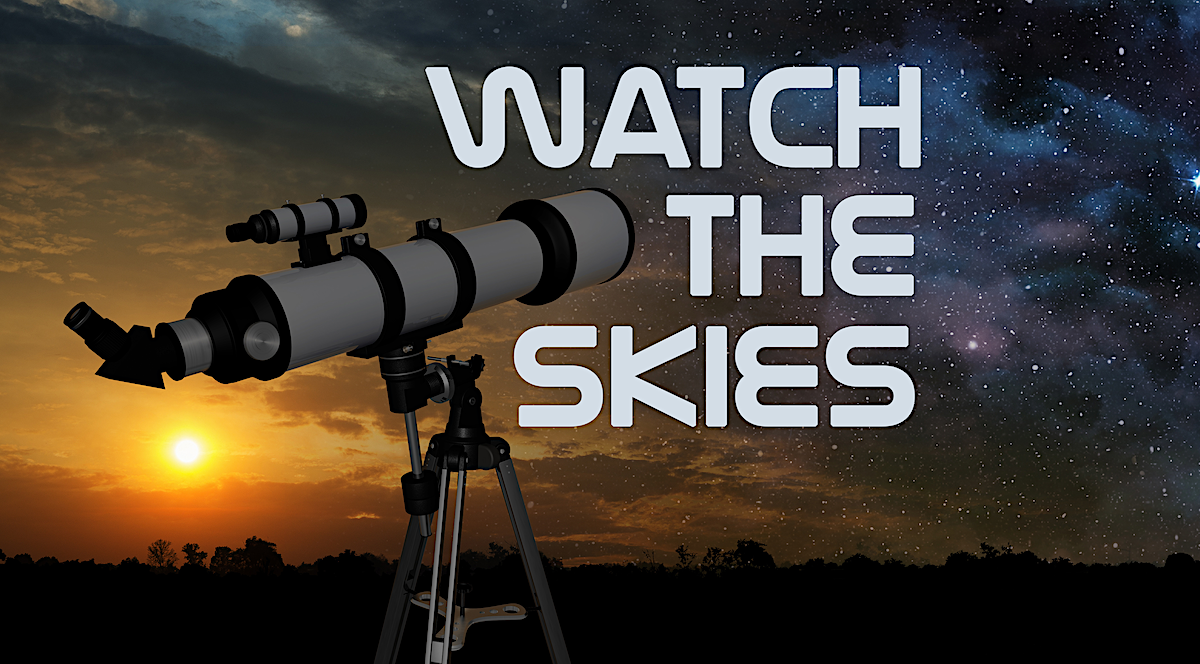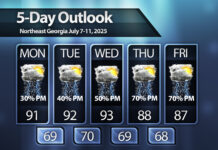
The months of January and February are grim ones in the astronomy community as the anniversaries of all major loss of American life from spaceflight happen. The Apollo 1 fire occurred on January 27th, Challenger disaster on January 28th and Columbia break-up on February 1st. Most everyone alive today is familiar with or witnessed at least one of these disasters and they have been pretty well covered by countless media sources.
Spaceflight is inherently dangerous and the missions above are the worst cases. In total there have been 15 American astronauts killed while on a mission, and many more injured or killed during flight-testing and experimentation closer to the ground.
In this world filled with bad news and stories, reviewing these sad outcomes made me wonder how many times a disaster didn’t happen when it should have. Here’s a few interesting cases.
Mercury-4: Mercury 4 was only the second United States spaceflight. It was sub-orbital and launched astronaut Gus Grissom on a 15 minute and 30 second flight 102 nautical miles up. The flight occurred on July 21, 1961. The spacecraft, known as the Liberty Bell 7, was intended to be a significant upgrade from the first flight with many different changes made to the design of the craft. Among those was the installation of a new explosive hatch release. This was added so that an astronaut could quickly get the hatch open in an emergency.

The launch took place just after 8 in the morning and Gus Grissom splashed down over the Atlantic about 15 minutes later. Up to this point everything had gone as planned with just a few minor hiccups. That would change after Grissom had gotten comfortable as he could to wait for the recovery crew. There were two ways to trigger the explosive hatch, one from the inside and one from the outside. From the inside, Grissom had to pull a pin and push on a knob with some force and the explosives would blow the hatch off. On this occasion, Grissom pulled the pin and sat down to wait for the recovery crew when he would finish the job, but something caused the hatch to explode without him pressing the knob. When that happened, the capsule began immediately taking on water and Grissom nearly drowned trying to get out. Grissom swam away while the Liberty Bell 7 sank behind him, making it the only successful splashdown that resulted in a failed recovery of the ship. It was never determined exactly what happened, but the Liberty Bell 7 was eventually drug up from the ocean floor in 1999. Grissom certainly had luck on his side that day.
Apollo 12: They say lightning doesn’t strike the same spot twice, but Apollo 12 proved that saying false. The follow up to the historic moon mission got off to a rocky start. The launch took place on November 14, 1969 just a few months after the Apollo 11 mission. The weather was dreary, with rain occurring during the launch. During the launch, the craft would see winds in excess of 150MPH, something not seen before or since.

Despite there being no proper thunderstorms in the vicinity Apollo 12 was struck by lightning not once, but twice. The static discharge from the rocket itself triggered two separate lightning strikes. The first occurred 36 seconds after launch and knocked all three fuel cells offline. The second occurred at 52 seconds and knocked the attitude indicator out. After a very confused few seconds mission control made a call to try a specific, obscure switch that Lunar Module Pilot Alan Bean remembered and flipped. This brought the fuel cells back online and mission control was once again able to see what was happening with the rocket. No other problems occurred due to the strikes, but the astronauts spent extra time in Earth orbit before departing for the moon to check out the craft. One can only imagine what could have happened had Alan Bean not remembered exactly where that obscure switch was.
STS-1: NASA’s Space Shuttle program was highly anticipated by the spring of 1981. It had been a decade since NASA had sent astronauts into orbit and the Space Shuttle was to be the first reusable space vehicle ever flown. The first mission, dubbed STS (space transport system) 1 launched on April 12, 1981 with astronauts John Young and Robert Crippen aboard. STS-1 was only designed as a test mission meant to work out any bugs with the shuttle before okaying it for longer missions into space. The shuttle program almost came to a screeching halt, however, as problems began shortly after lift off.

The shuttle was the first US manned rocket that used significant amounts of solid fuel to reach orbit. These two solid rocket boosters caused some major issues during launch, as the shockwave they generated was four times stronger than expected. The pressure wave damaged the heat shield when it caused a strut on the outside of the shuttle to fail, damaging the tiles that lined the underbody of the shuttle. It also forced a part called the orbiter body flap to bend well beyond what should have caused irreparable damage. With this part damaged a controlled reentry would have been impossible. In 2006 James Oberg recalled John Young telling him that had the crew known about this potential failure they likely would have ejected, losing the shuttle on it’s first mission. Fortunately the parts stayed intact despite going so far beyond what they were designed for, and Columbia would go on to fly the first 4 missions. Ultimately the shuttle would be lost in 2003 during reentry due to tile damage much more severe than it saw on it’s first mission.
Space is a dangerous place, but humans have always had a knack for heading into the dangerous out of nothing more than a bit of curiosity.
Have a great week and, as always, watch the skies!






